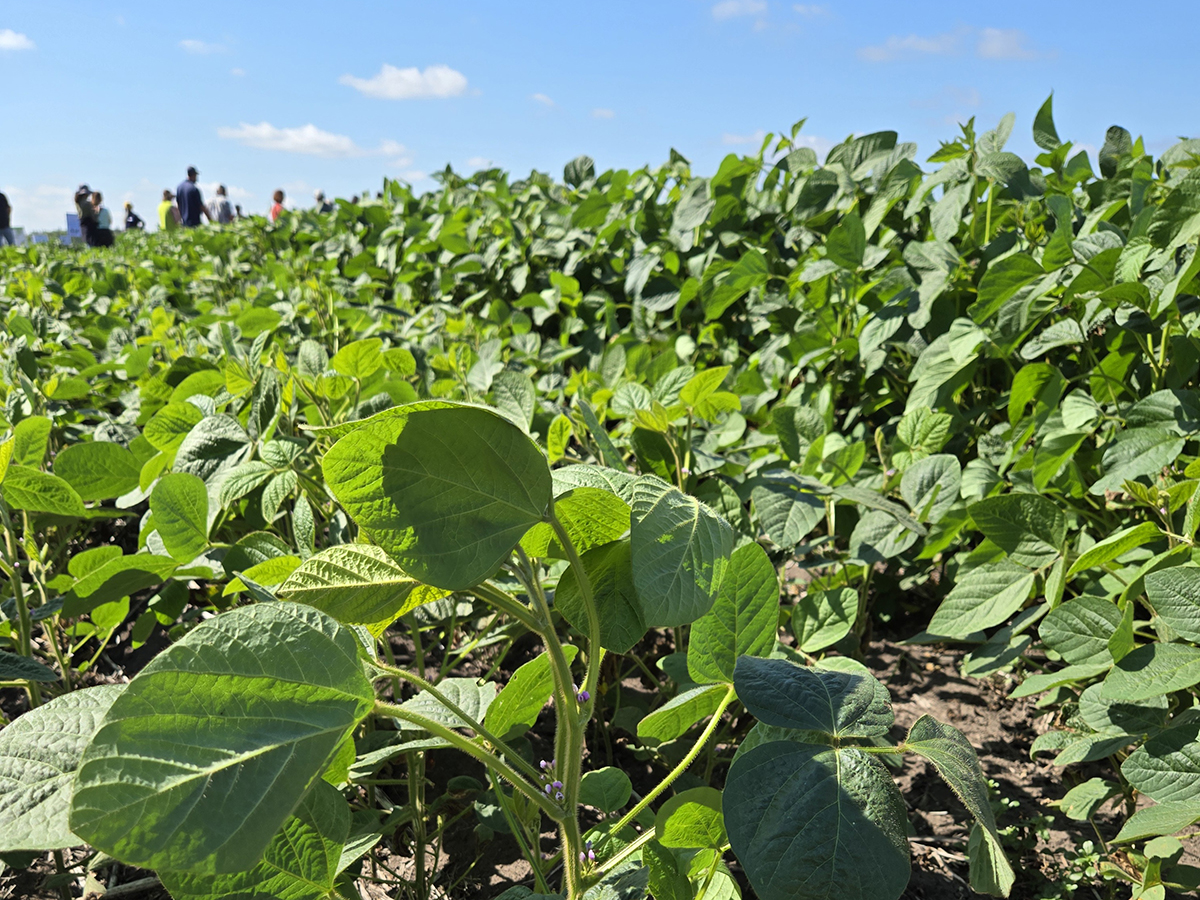Disposable income rising | Demand is growing for more fruit, high protein meat and goods once seen as luxury items
CANBERRA, Aus. — Australian exporters eager to find markets for the country’s agricultural products have forged a comfortable relationship with trading partners in Asia, most notably in China.
But a leading expert on Chinese food consumption trends says the Australian agri-food industry should pay close attention to changing trends among Chinese consumers.
“Some 40 or 50 years ago in China, food supply was in serious shortage,” said Zhangyue Zhou, a food economics expert from James Cook University in the Australian state of Queensland.
“That situation has changed. In China today, food supply is plentiful and you can buy anything that you want, as soon as you have money.”
Read Also

Spider mites big soybean problem this season
Spider mite issues have been geographically limited but significant where they occur, said John Gavloski, an entomologist with Manitoba Agriculture.
Zhou said there is enormous room for China’s overall food consumption to increase, but the country’s agricultural productivity is also expected to grow.
Income levels have increased significantly in China over the past decade, both in rural and urban areas, Zhou said.
Urban incomes have more than doubled since 2005, and urban consumers are gravitating toward food that is more costly and higher in protein.
Consumption of grain has fallen while demand for vegetables, meat, dairy and fruit has increased.
China’s appetite for Australian wine and wool has also increased significantly as urban consumers spend more of their disposable incomes on clothing and goods that are perceived as luxury items.
Even in rural areas, where incomes are still relatively low, per capita consumption of low-value food grain has dropped by 50 to 75 kilograms over the past decade.
“Per capita consumption of food grain has dropped in both rural and urban areas,” Zhou said. “The level has stabilized at about 80 kg per capita in urban areas, but further de-clines are expected in rural areas.”
Alcohol consumption trends are also changing.
Consumption of traditional Chinese liquor is declining and consumption of commercially brewed beer is increasing. High-income consumers are becoming increasingly interested in red wine, a market that holds considerable promise for Australian winemakers, he added.
Zhou said it will be critically important for exporting countries to determine how Chinese productivity increases will affect its future food import requirements.
Foreign governments routinely estimate China’s future import requirements for a wide variety of agricultural products, but projections tend to vary widely from one country to the next.
Zhou recently conducted his own analysis of Chinese food imports and projected net imports of wheat at two million tonnes per year by 2020, corn at five million tonnes, barley at two million tonnes, soybeans at 70 million tonnes, sugar at three million tonnes, pork at one million tonnes, dairy at two million tonnes and rapeseed at two million tonnes.
Chinese imports of beef, poultry and mutton were projected at 300,000 to 500,000 tonnes per year by 2020.
The country is likely to be self-sufficient in egg production, but Zhou said it will be a net exporter of fruit and vegetables.
The country is likely to be exporting nine to 12 million tonnes of vegetables per year by 2020 and as much as five million tonnes of fruit.
Caroline Gunning-Trent, a fibre analyst with the Australian Bureau of Agricultural and Resource Economics and Science, said the Australian wool industry is likely to be a big winner in the global competition for Chinese market share.
Australia is the world’s largest producer of top quality apparel wool, despite a recent reduction in flock size.
China has the world’s largest sheep flock, but Chinese wool is generally a lower-quality fibre. With Chinese residents spending more of their incomes on clothing, non-food items and luxury goods, the country’s demand for top quality garment wool looks certain to increase.
“Currently, we export about half of the wool we produce to China, and China processes that wool and turns it into garments,” Gunning-Trent said. “So maintaining that relationship with China is very important for this industry.”
The Australian wool industry estimates that about half of the Chinese garments made with Australian wool are sold into China’s domestic retail market.
The rest are exported abroad to major retail markets such as Europe, North America and Japan.















